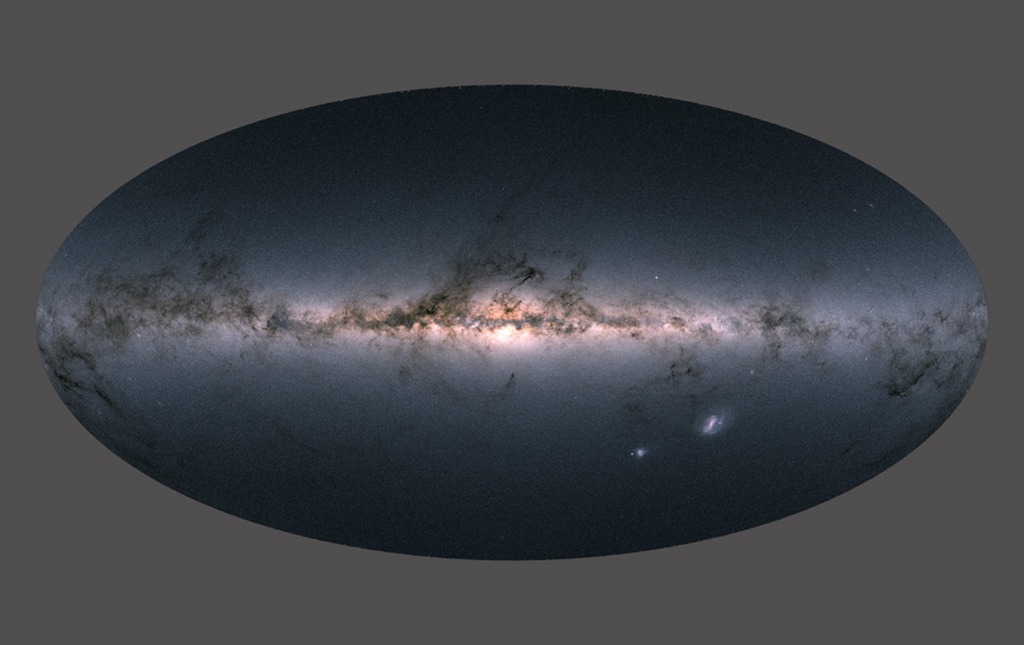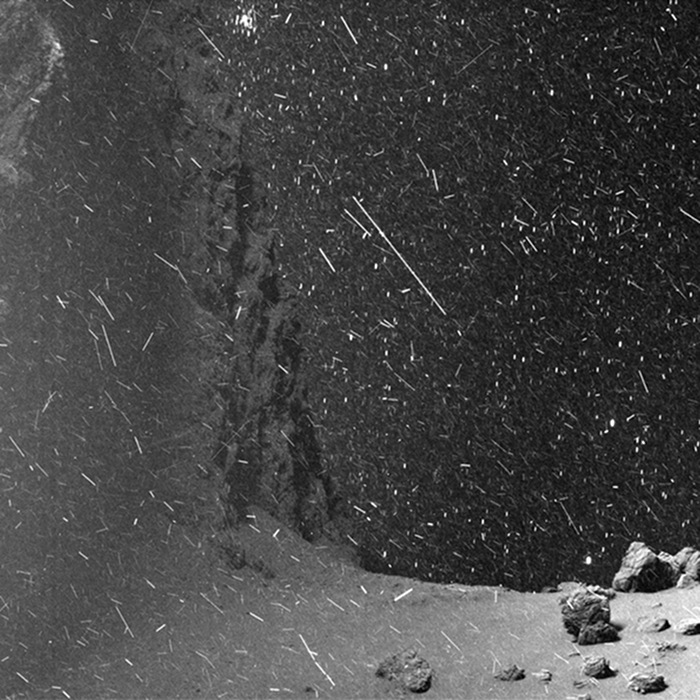Students from Montana and Vermont will talk with astronauts on the International Space Station next week as part of NASA’s Year of Education on Station.
from NASA https://ift.tt/2KmwjWq
via IFTTT![]()
Students from Montana and Vermont will talk with astronauts on the International Space Station next week as part of NASA’s Year of Education on Station.
from NASA https://ift.tt/2KmwjWq
via IFTTT![]()






NASA will host a media briefing at 1 p.m. EDT Monday, April 30, to discuss the upcoming launch of a mission that will provide unique insights into our planet’s changing climate and Earth system processes, and have far-reaching benefits to society, such as improving water resource management.
from NASA https://ift.tt/2KbYc3c
via IFTTT![]()